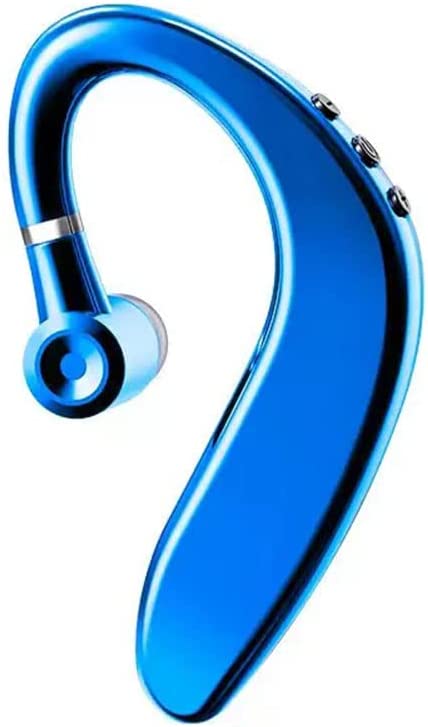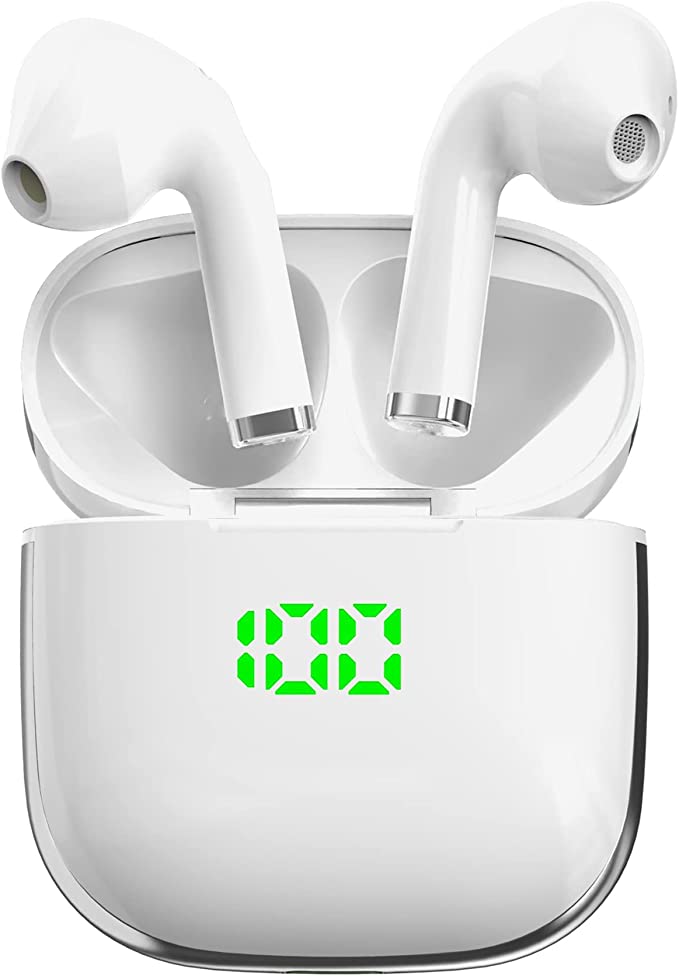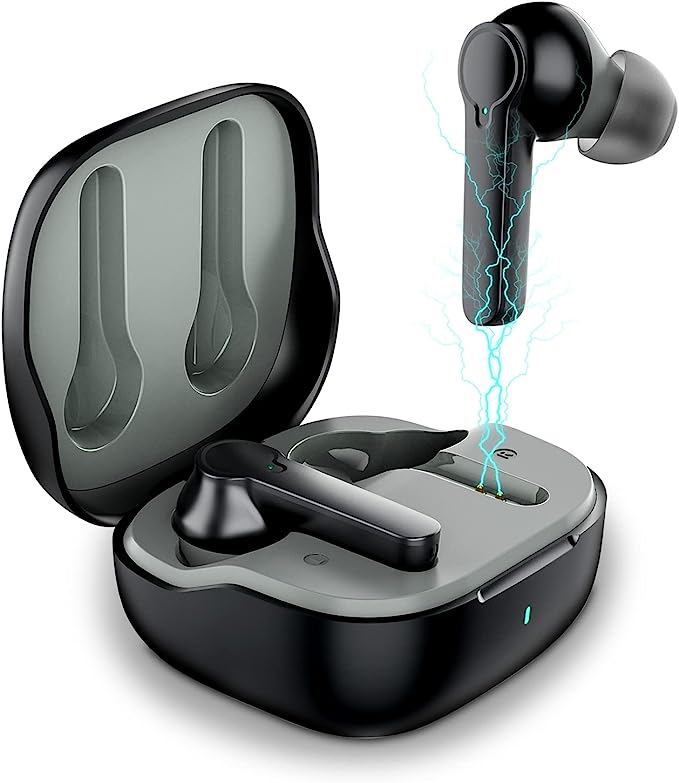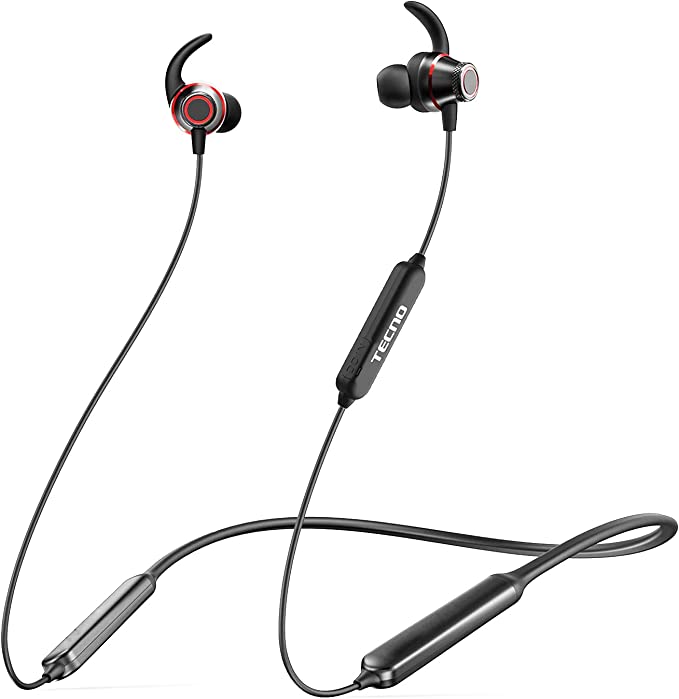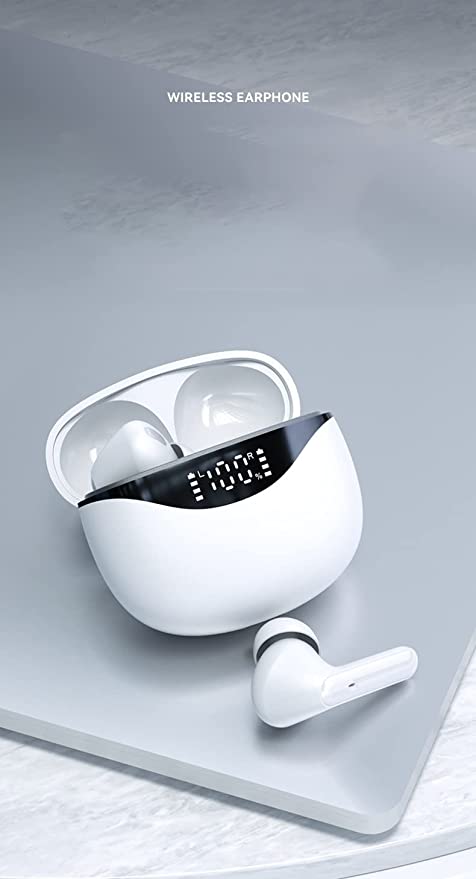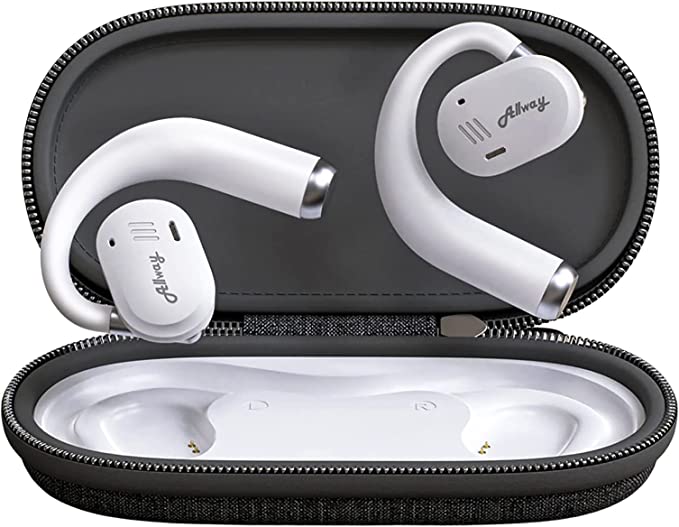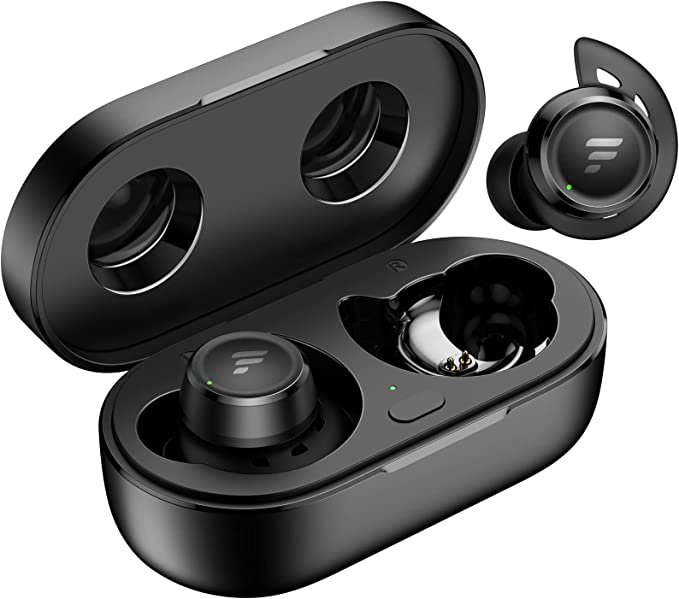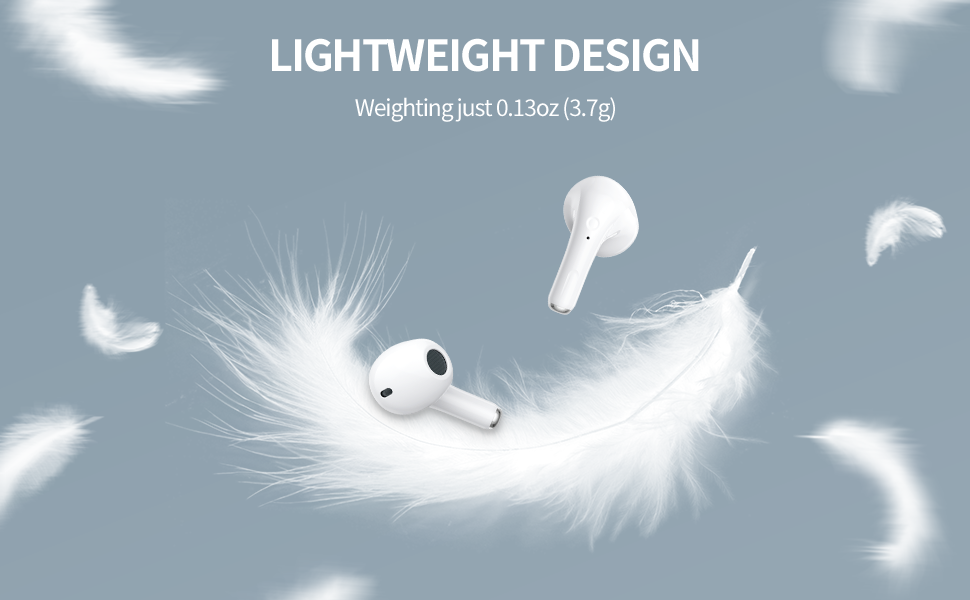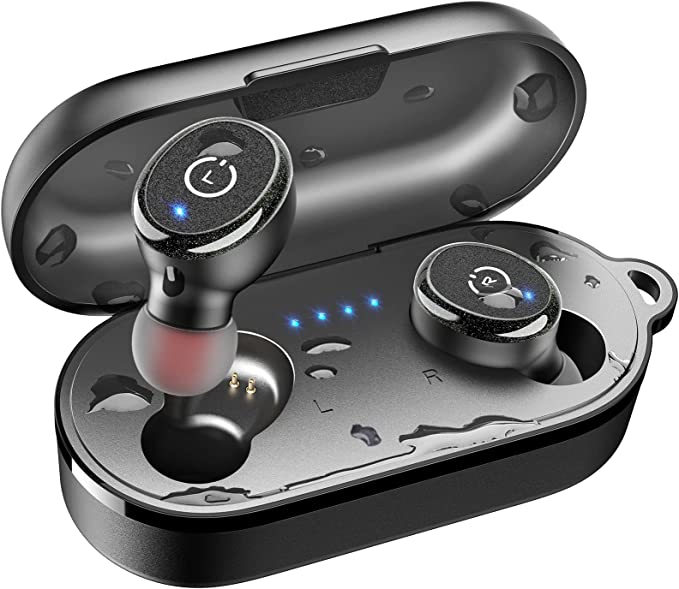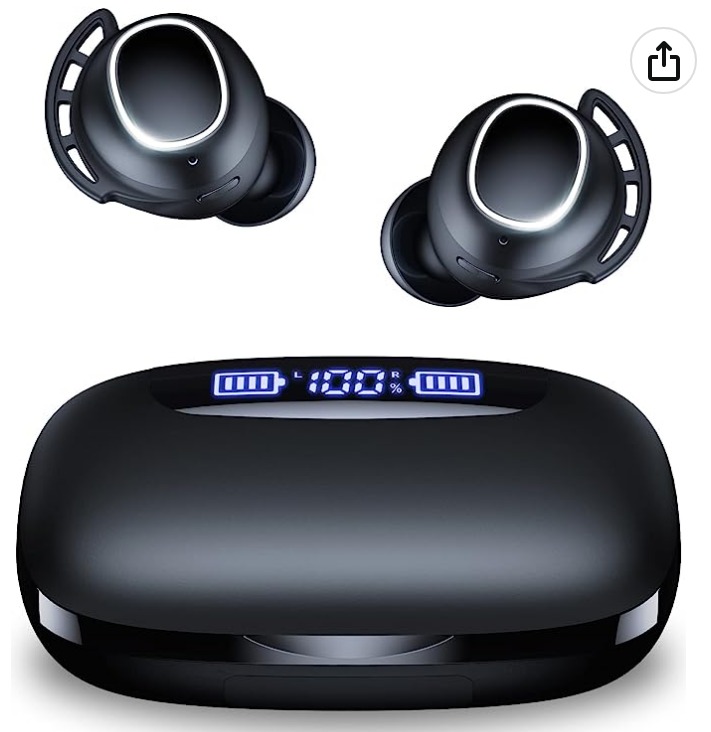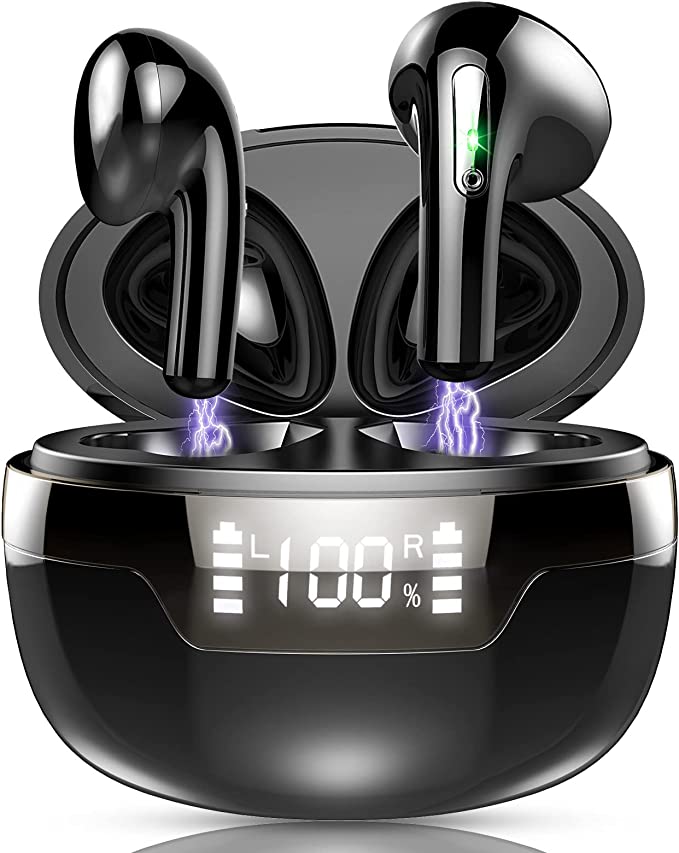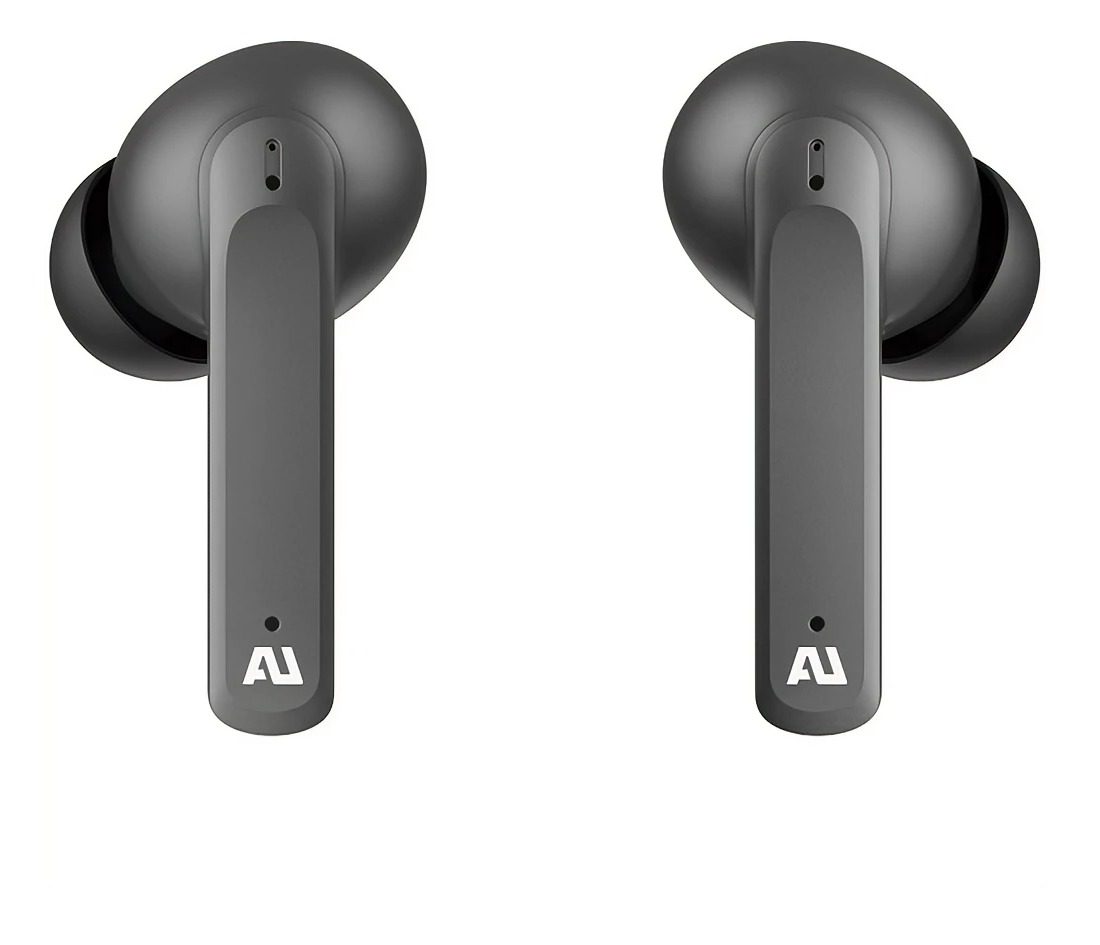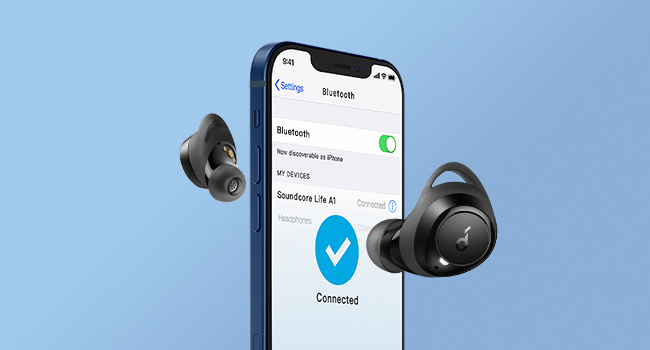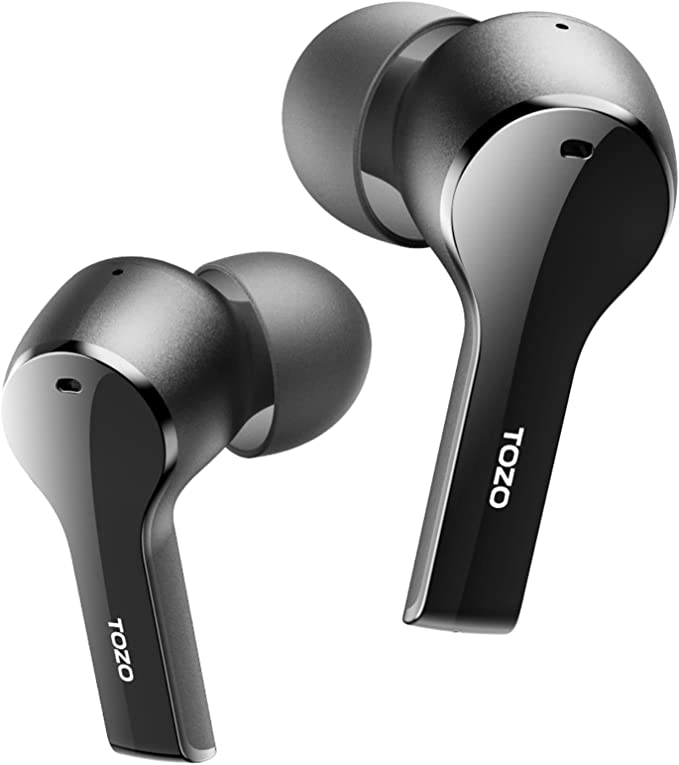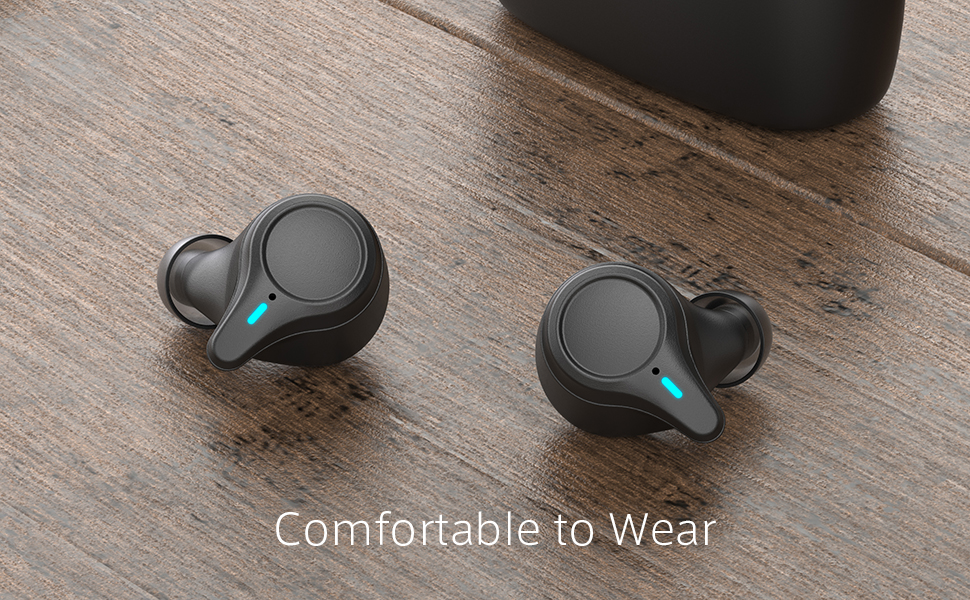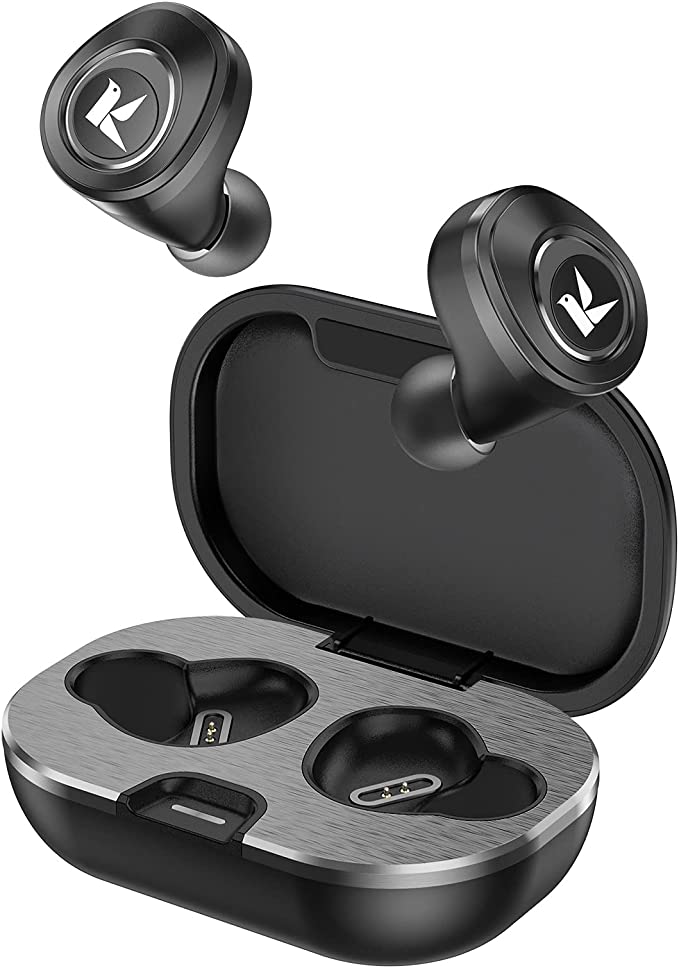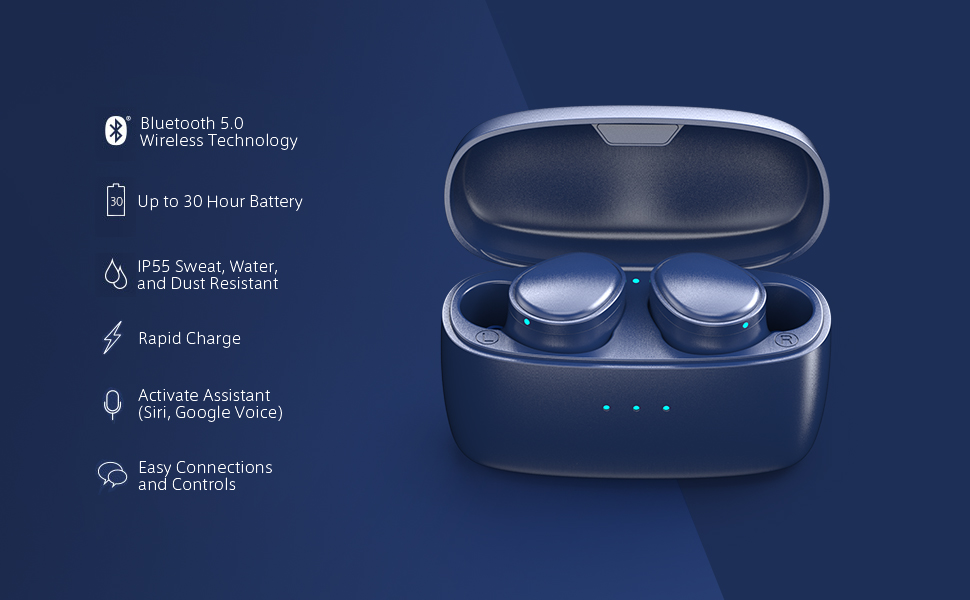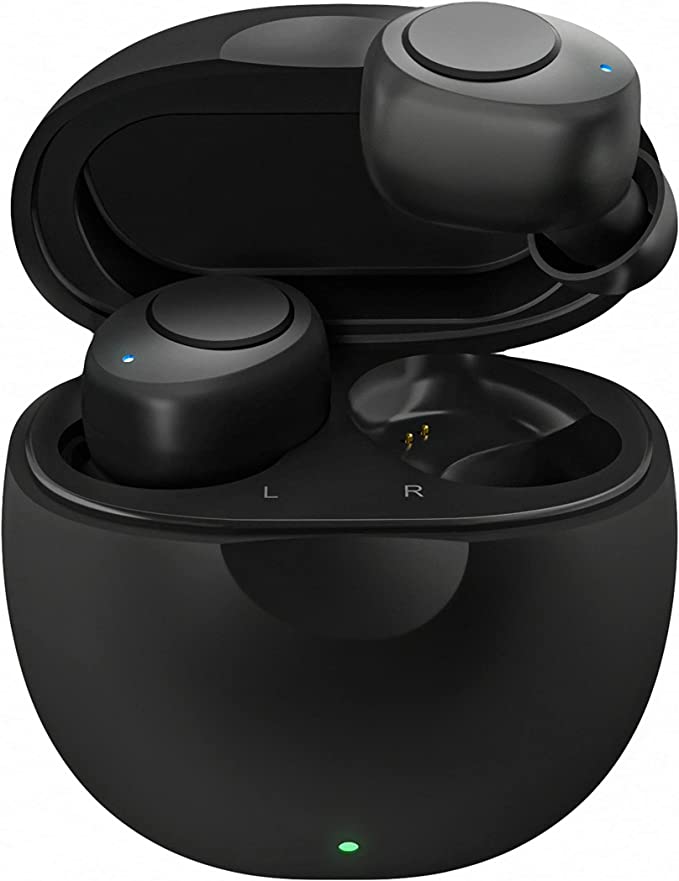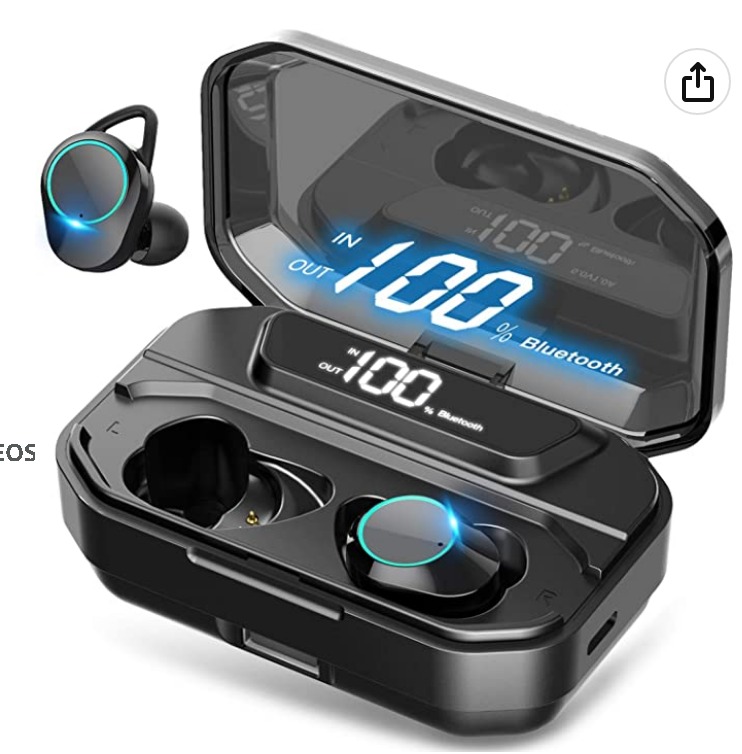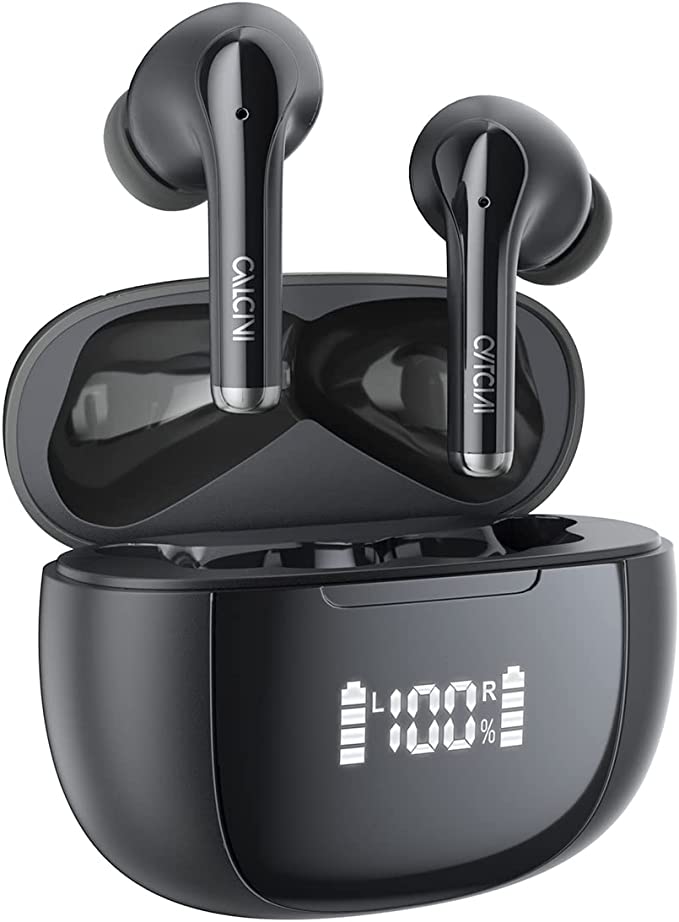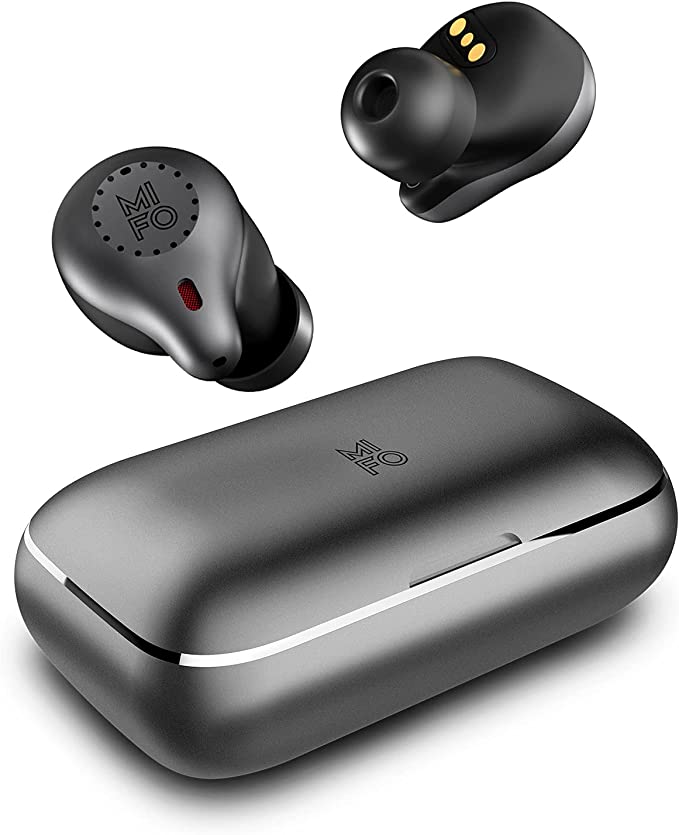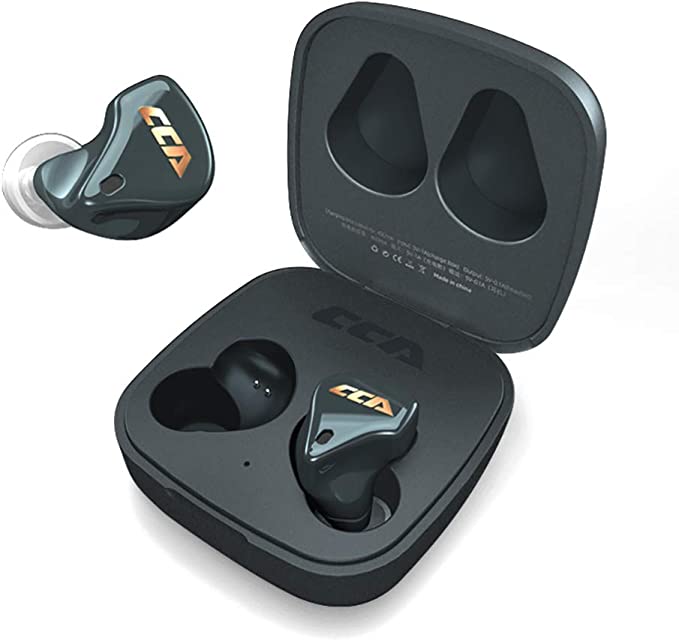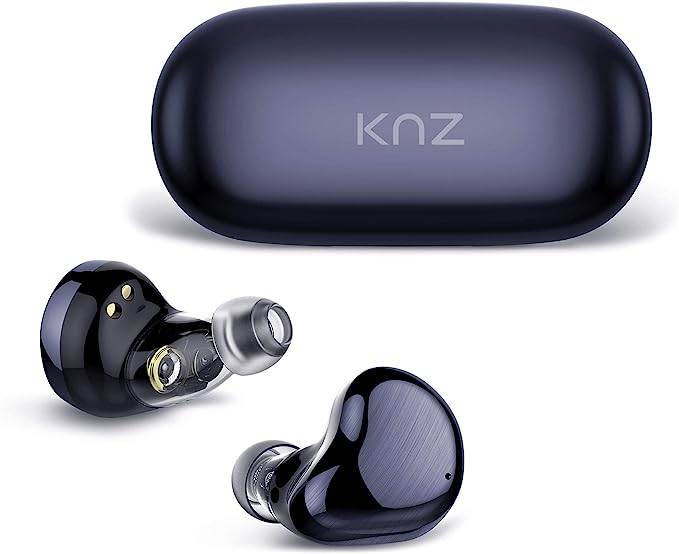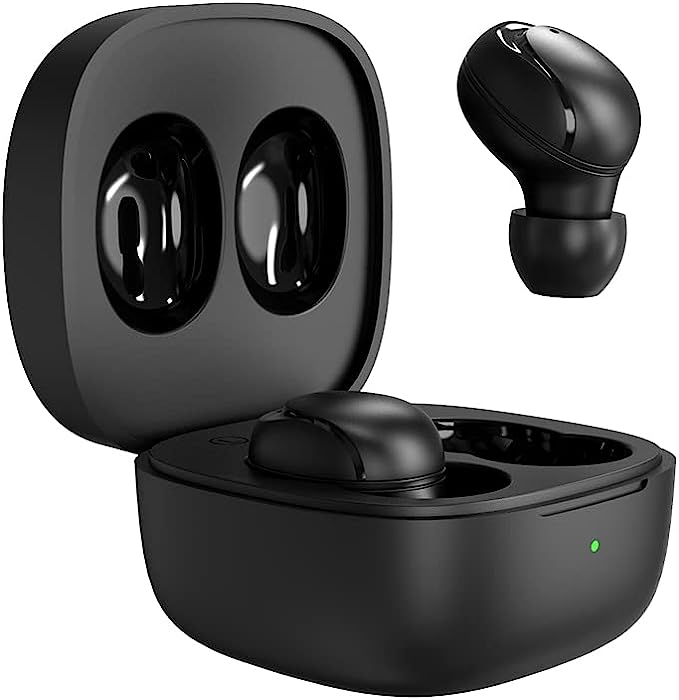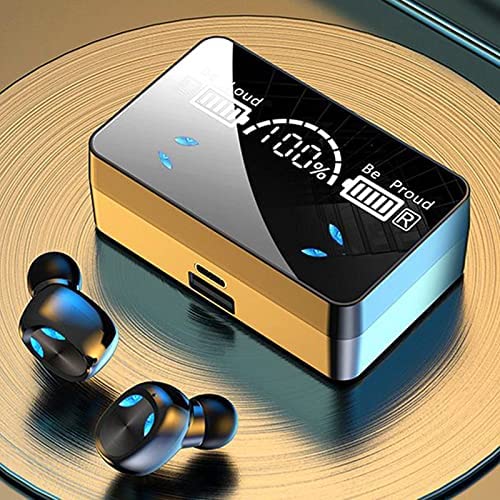YAMAHA TW-E3B True Wireless Earbuds: Experience Premium Sound and Unmatched Comfort
Update on March 20, 2025, 4:43 p.m.
The pursuit of perfect sound has been a long and winding road. From the gramophone to the Walkman, and now to the tiny marvels of wireless earbuds, we’ve constantly sought ways to bring music closer to our ears, with ever-increasing fidelity and convenience. But shrinking the technology down to something that fits comfortably in your ear, without sacrificing sound quality, presents a unique set of engineering challenges. This is the story of how the YAMAHA TW-E3B tackles those challenges.

Yamaha’s True Sound Philosophy: A Legacy of Acoustic Excellence
Before we dive into the specifics of the TW-E3B, it’s crucial to understand Yamaha’s philosophy, known as “True Sound.” This isn’t just a marketing slogan; it’s a guiding principle rooted in the company’s rich history. Yamaha has been crafting musical instruments for over a century – pianos, guitars, drums, you name it. This deep understanding of how instruments should sound, how they resonate and project, informs their approach to audio reproduction.
True Sound is about recreating the artist’s original intent. It’s about capturing the subtle nuances of a performance, the delicate timbre of a voice, the raw power of a drum solo. It’s not about artificially boosting bass or exaggerating treble; it’s about delivering a balanced, natural, and accurate representation of the original recording. This requires a holistic approach, encompassing everything from the acoustic design of the earbuds themselves to the digital signal processing that shapes the sound.
Inside the TW-E3B: Deconstructing the Technology
Let’s peel back the layers and explore the key technologies that enable the TW-E3B to deliver on Yamaha’s True Sound promise.
aptX and Bluetooth 5: The Wireless Advantage
Wireless earbuds rely on Bluetooth to transmit audio signals from your phone or other device. But not all Bluetooth is created equal. The TW-E3B utilizes Bluetooth 5, the latest iteration of this wireless standard, offering several advantages over its predecessors. These include a more stable connection, reduced latency (meaning less delay between the audio and video, crucial for watching videos or playing games), and improved power efficiency.
Crucially, the TW-E3B also supports the aptX codec. Think of a codec as a translator between your phone and your earbuds. The standard Bluetooth codec, SBC, is like a basic translator – it gets the job done, but it can lose some of the nuances in translation. aptX, on the other hand, is a much more sophisticated translator. It uses a more efficient compression algorithm, allowing it to transmit significantly more audio data. This translates to a richer, more detailed sound, with better clarity and a wider dynamic range. Imagine listening to a song and suddenly hearing subtle details you’ve never noticed before – that’s the power of aptX.
Listening Care: The Science of Intelligent Equalization
Here’s a common scenario: you’re listening to music at a low volume, perhaps in a quiet environment. You might notice that the bass and treble seem weaker, making the music sound thin and lifeless. This is because of how our ears perceive different frequencies at different volume levels. Our sensitivity to bass and treble decreases at lower volumes – a phenomenon well-documented in psychoacoustics, the study of sound perception.
Yamaha’s Listening Care technology addresses this issue directly. It’s a form of intelligent equalization that dynamically adjusts the sound based on the listening volume. As you lower the volume, Listening Care subtly boosts the bass and treble frequencies, compensating for our ears’ reduced sensitivity. This ensures that you hear a full, balanced sound, even at low volumes. It’s like having a smart sound engineer constantly tweaking the EQ to optimize the listening experience. And importantly, by allowing you to hear full sound at a lower volume you don’t have to damage your hearing to achieve great sound.
This isn’t a simple bass boost; it’s a sophisticated algorithm that takes into account the complex relationship between frequency, volume, and human perception. It’s a testament to Yamaha’s understanding of both acoustics and psychoacoustics.
Driver Technology: More Than Just Speakers
The core is Yamaha’s sound. While specifics on these are limited, it is the core of the Yamaha sound, and important to its sound quality.
Fit and Function: Beyond the Sound
While sound quality is paramount, a great pair of earbuds needs to be more than just a sonic marvel. Comfort, fit, and durability are equally crucial.
Ergonomic Design: A Comfortable Fit for Every Ear
The TW-E3B earbuds are noticeably smaller than many of their competitors, a deliberate design choice driven by ergonomics. A smaller earbud is generally more comfortable for a wider range of ear shapes and sizes. Yamaha has also sculpted the housing to fit snugly within the concha, the bowl-shaped cavity of the outer ear.
To further enhance the fit, the TW-E3B comes with four different sizes of eartips (XS, S, M, L). Finding the right eartip is essential, not just for comfort, but also for sound quality and noise isolation. A good seal between the eartip and your ear canal creates a closed acoustic environment, preventing sound leakage and maximizing bass response. It also helps to block out external noise, allowing you to enjoy your music without distractions (though, importantly, this is passive noise isolation, not active noise cancellation). Furthermore, a non-slip coating has been added so you do not have to worry about these falling out of your ears.
IPX5 Water Resistance: Ready for Anything
Life happens. You might get caught in a sudden downpour, or you might work up a sweat during an intense workout. The TW-E3B’s IPX5 water resistance rating means you don’t have to worry about either scenario. The “IP” in IPX5 stands for “Ingress Protection,” and the “X” means it hasn’t been tested for dust resistance. The “5” indicates that the earbuds can withstand water projected by a nozzle (6.3 mm) from any direction. In practical terms, this means they’re protected against sweat, rain, and splashes. You can’t submerge them in water, but they’re more than capable of handling the rigors of daily life.
What the Specs Don’t Tell You: Limitations
It’s important to be upfront about the limitations of the TW-E3B. The most significant is the lack of Active Noise Cancellation (ANC). ANC is a technology that uses microphones and electronic processing to actively cancel out external noise. While the TW-E3B provides good passive noise isolation due to its snug fit, it doesn’t offer the same level of noise reduction as earbuds with ANC. If you frequently use earbuds in very noisy environments (e.g., on airplanes or busy trains), this is something to consider. Additionally information on the microphone performance, and any companion app features (if any), is not available based on the original data provided.
Conclusion
The YAMAHA TW-E3B earbuds represent a thoughtful blend of acoustic expertise, advanced technology, and user-centric design. They’re not just about ticking boxes on a spec sheet; they’re about delivering a genuinely enjoyable listening experience. Yamaha’s True Sound philosophy shines through, thanks to features like aptX support and the innovative Listening Care technology. The comfortable and secure fit, combined with the IPX5 water resistance, makes them a versatile choice for everyday use. While the lack of ANC might be a drawback for some, the TW-E3B’s strengths in sound quality, comfort, and overall value make them a compelling option for anyone seeking a premium true wireless earbud experience without breaking the bank. The focus is clearly on delivering high-fidelity audio in a comfortable and practical package. They demonstrate that good sound doesn’t have to be complicated; it just needs to be done right.
